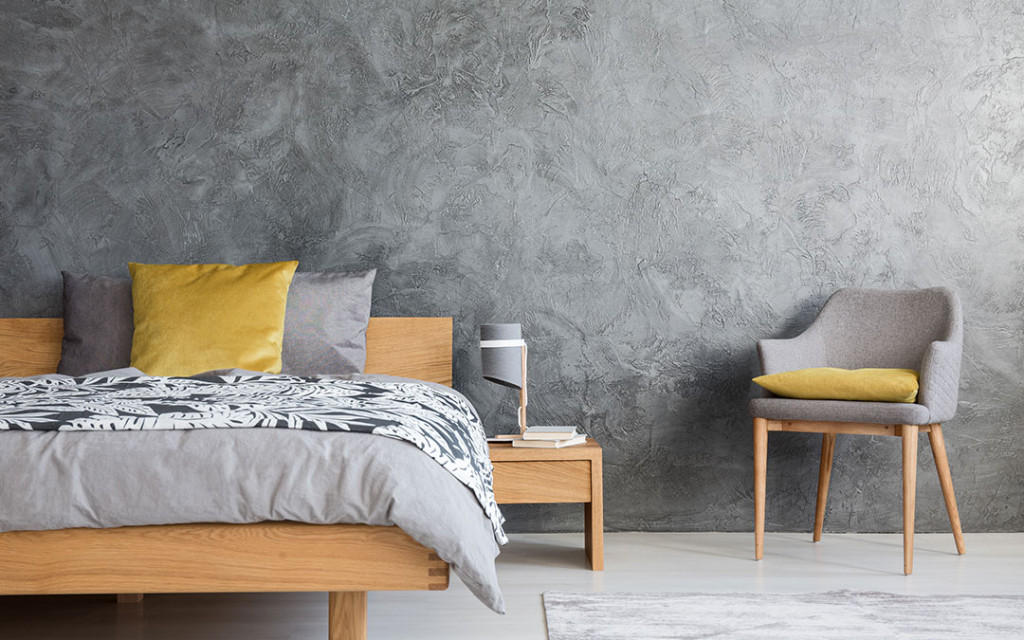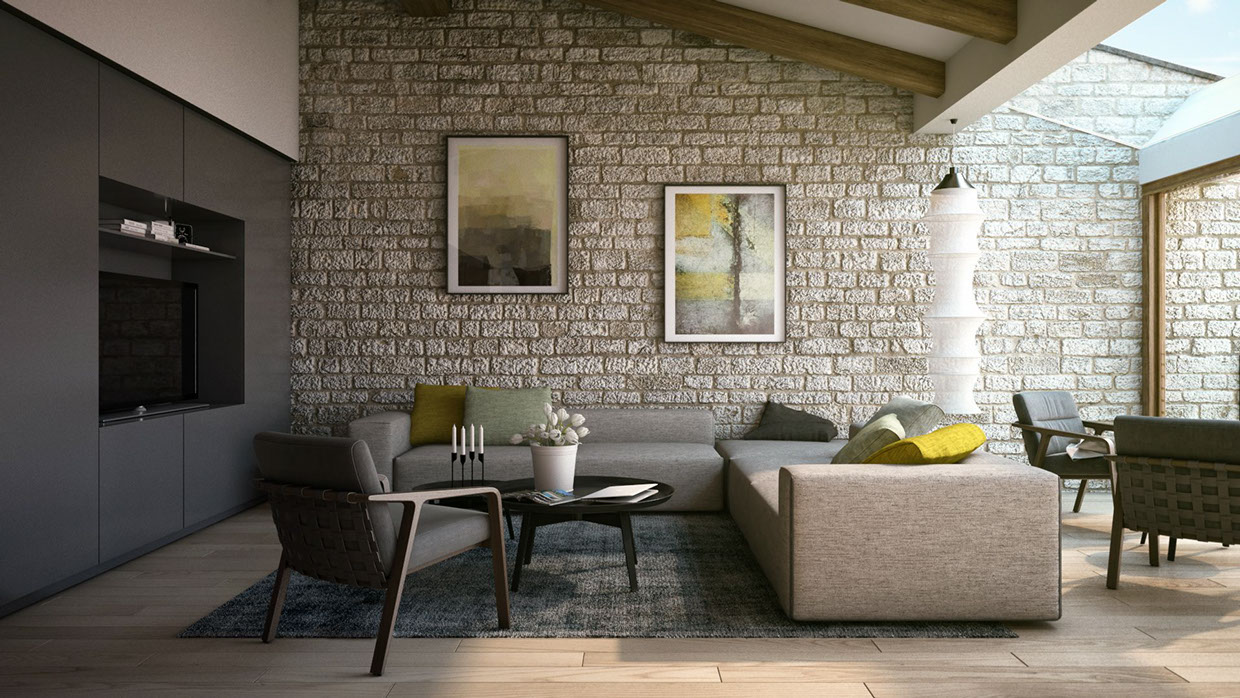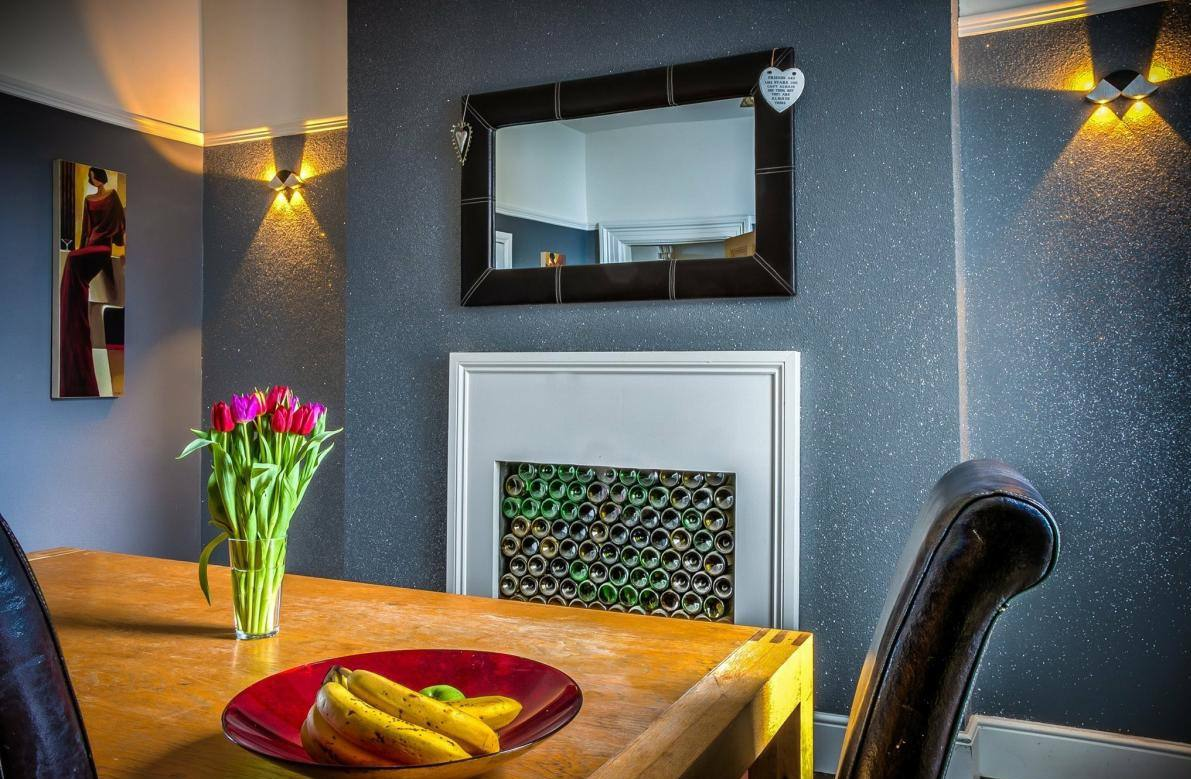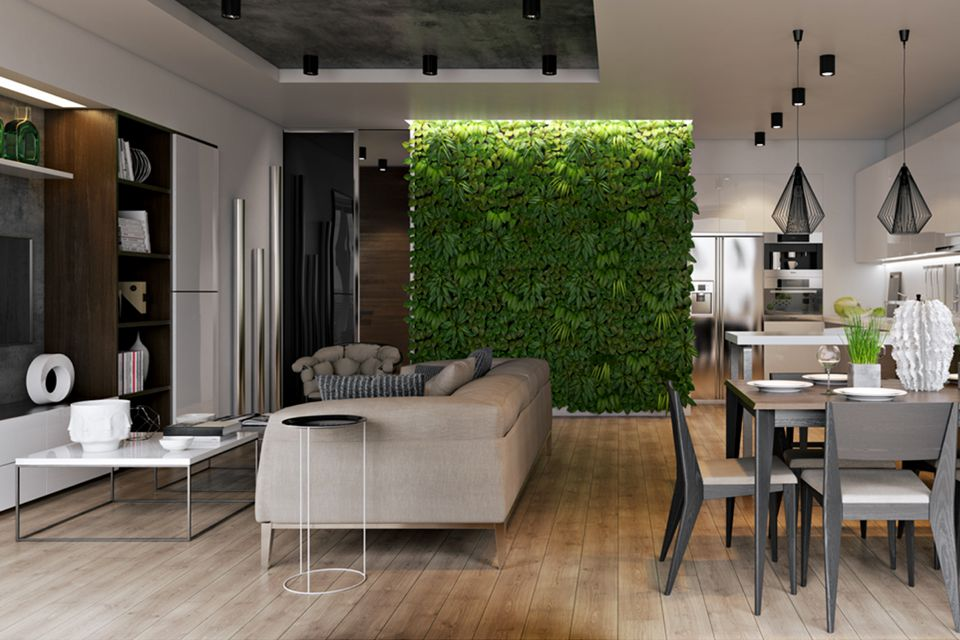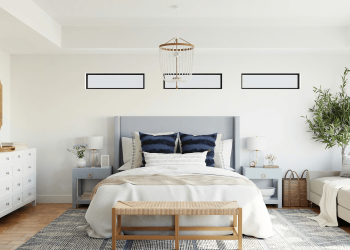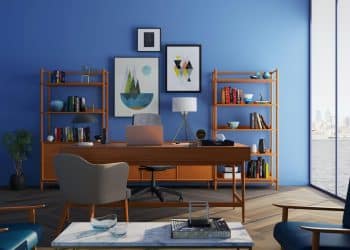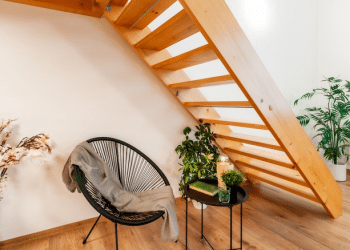Table of Contents
If you have thought about changing your spaces and renovating an area of the house, decorating a wall with Texture is a good idea. Different types of wall texture for your home wall to make it attractive.
Textures not only give warmth and personality but also make the simple wall another decoration element.
With the right combination of materials, lights, and shadows, you can give a textured wall the prominence necessary to make the area a favourite in the house. A wall with a different finish will make the whole set much more attractive.
If you have already decided to texture the wall, you should always consider the decoration style of the space you decide to use, as the wall texture style you apply depends on the wall. Think about the colors, materials, and styles of your home if you want a calm and elegant look or a more relaxed and casual touch.
And here are types of wall texture that might help you to choose the best for your home wall.
Textures: various classifications
1. Bricks
The Bricks add Texture and personality to space. With their presence, the aesthetics of the environments will be special and will have strength unlike any other. It is a wall texture type that is very popular.
2. Metallic Finishes
The metal pieces can be incorporated into a polished concrete wall in different patterns, be it a mosaic, irregularly shaped, or corners. When using it, you can combine it with other nearby elements such as wood or natural plants, creating an elegant and tasteful environment. Appearance is achieved by spraying, smoothing, or rolling a drywall joint compound onto the wall or ceiling to achieve a stalactite-like peak and then flattening the peak with a knockdown texture.
3. Natural Stone
Stone, like many natural materials, has the characteristic of providing a wealth of contrasts in environments. The natural properties offer us a variety of tones in the same stone, so you can combine several types such as slate, granite, or sandstone, and depending on the quantities you can mix, you will obtain different results. Wall textures are commonly used to finish the surface of the inner wall and hide the taped drywall texture seams along with other imperfections.
4. Wood veneer
The wood finishes bring warmth and comfort to the home, you can use veneer sheets or assembled pieces, and they combine easily with any element. The wood is easy to place; however, they recommend that you seek the help of a professional to do so.
5. Vertical Garden
Gardening has always been the most important part of homes; however, decoration with plants is taking on other dimensions for some time. At present, special prominence is given to the container where the plants are, and that is in accordance with the style of the house.
This type of decoration gives a relaxing sensation since by incorporating the plants inside the house, you feel in direct contact with nature, and this gives us bodily and psychological benefits.
The green walls can give any room in the house a natural touch, even if you don’t have a lot of space. Located on the wall, it does not interfere with the circulation between the rooms and keeps the house vibrant.
Take into account that if you add Texture to the wall through natural plants, you must have the commitment to take good care of them since they will have a very visible space.
Textured feel technique
In art, there are various techniques for achieving the Texture of a work. Some of them are:
- Stencil: This technique is achieved by splashing a drop of paint on a specific surface and covering a portion of the area with a template. Some artists also put sugar on this surface. This gives a tactile relief as well as a visual relief for a more pronounced effect.
- Light: By using light and shadow in work, you can simulate the Texture of the body that composes it. This was very common in the pre-20th century when the various techniques found in today’s paintings did not exist.
- Stamping: This technique consists of stamping a surface with a paint-impregnated object several times, such as wood, cork, sponge, or other elements. In this way, the repetition of the figure is achieved, and some use more paint than other figures. With this technique, you can repeat the pattern or randomly stamp the object, depending on the artist’s intent.
- Splash: This technique uses a brush, brush, or paintbrush to splash paint on the surface. Again, you can use stencils to limit the area covered by the paint.
- Blow-off paint: Using a light bulb, spray, or aerosol, the artist blows off the paint and gives the surface of the work a specific texture.
Signing Off
The tactile sensation of touching an object is called a texture. These sensations that a surface can produce can be roughness, smoothness, roughness, or hardness, which vary with their shape and material. In any case, the Texture can be perceived without contacting the object in question, but it can be visually decoded, but this may not match what is produced.

